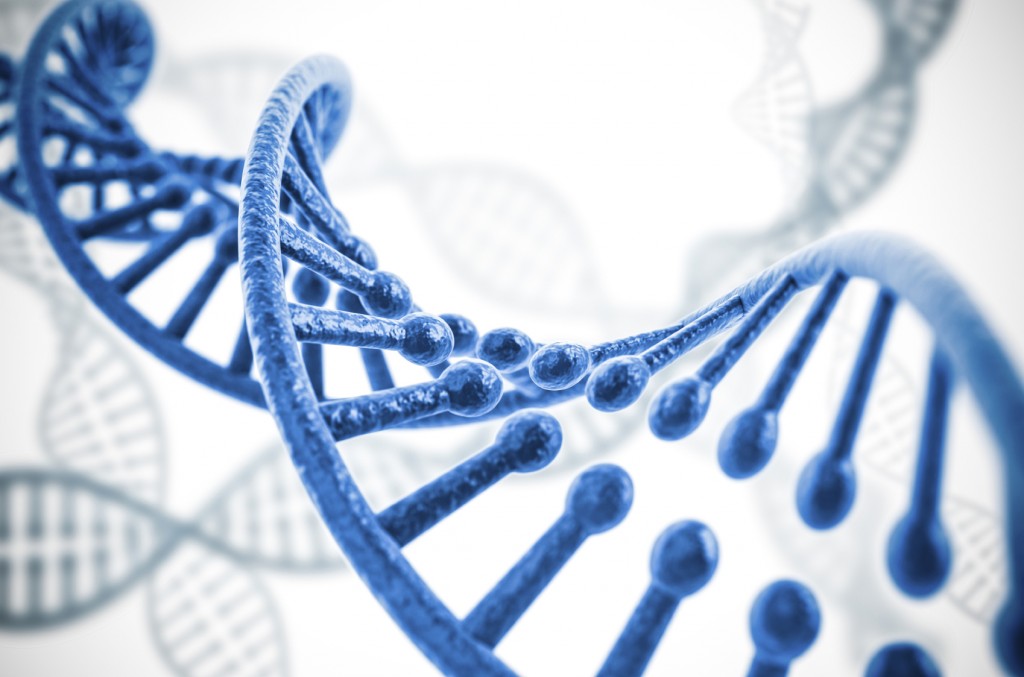
Reproductive Medicine Research Improves Pregnancy Rates
Physician-scientists from Shady Grove Fertility—the largest fertility centre in the United States—had 17 studies accepted to present at this year’s premier U.S.-based meeting for reproductive medicine research and education. Held from October 15 to 19, 2016, in Salt Lake City, Utah, the theme of the 2016 Scientific Congress of the American Society for Reproductive Medicine was “Scaling New Heights in Reproductive Medicine.” The programme featured scientific, postgraduate, and video presentations as well as plenary lectures addressing the most pressing clinical and basic-science issues in reproductive medicine. The meeting drew physicians and scientists from across the world to share their reproductive medicine research and study findings from the past year.
Shady Grove Fertility is a Leader in Reproductive Medicine Research
For the past 25 years, the physicians at Shady Grove Fertility have placed a high value on conducting clinical research and remain a leader in the field. It is one of only a few private practice fertility centres in the United States to employ a full-time dedicated research team who perform under the direction of Co-Directors of Research, Kevin S. Richter, Ph.D., Biological Sciences, and Kate Devine, M.D., board certified reproductive endocrinologist.
“This conference offers physicians in our field from around the world a wonderful opportunity to collaborate and learn from each other,” explains Dr. Devine, who sees patients in the Shady Grove Fertility K Street, Washington, D.C. location. “With a common goal of improving treatment outcomes for patients across the nation, we are able to share our findings so they can then be taken back to our respective practices and patients. Learning from each other’s research also stirs innovation by planting the seeds of new ideas for next year’s research endeavours,” Devine adds.
New Research Will Lead to Better Treatment Outcomes
Among the findings Shady Grove Fertility presented this year, three of the most notable included: 1) paternal age does not impact IVF pregnancy rates; 2) a promising new method for selecting better quality sperm used during IVF; and 3) an analysis of whether overweight and obese women have an increased occurrence of chromosomally abnormal embryos.
In the first study SGF researchers, in collaboration with researchers from multiple institutions, evaluated 5,873 donor egg treatment cycles from 4,309 patients undergoing treatment at Shady Grove Fertility from 2004 to 2014. Though the study found that increasing male age was associated with decreased semen volume and sperm motility, these did not translate to worse treatment outcomes with donor egg IVF. For patients, this means that the age of the father does not statistically impact in vitro fertilization (IVF) pregnancy rates or live birth rates the same way the mother’s age does. While the age of the male partner may be associated with certain conditions in offspring, this study provides reassurance that paternal age is unlikely to limit ability to conceive via IVF or donor egg treatment.
In the second study, Shady Grove Fertility scientist, Matteo Avella, Ph.D., shared findings about a new sperm selection assay that helps select the best sperm—those with a greater ability to bind and penetrate eggs—in the hopes of improving outcomes for these patients. This method could prove useful in selecting the most viable sperm for intracytoplasmic sperm injection (ICSI), a procedure that has transformed how physicians treat male factor infertility. With ICSI, the embryologist selects a single sperm and injects it directly into each egg, yielding dramatically improved treatment success rates than before ICSI was introduced. Improved sperm selection holds potential to yield even better outcomes by improving chances of fertilisation and development of the resulting embryos.
Shady Grove Fertility also presented research designed to shed light on whether body mass index (BMI) causes chromosomally abnormal embryo development. Because high BMI has been associated with lower pregnancy and live birth rates and higher miscarriage rates, SGF researchers conducted a retrospective review to better understand if overweight or obese women have an increased occurrence of chromosomal abnormalities (aneuploidy) among their embryos.
SGF researchers evaluated 1,237 fresh embryos from 267 women who underwent preimplantation genetic screening (PGS) to determine their chromosomal makeup. Within this sample, the rates of aneuploidy were similar for underweight, normal, and obese patients (between 60.7 percent and 59.1 percent for the three groups), and the rate for overweight women was 55.8 percent. Hence, the study suggests that aneuploidy likely does not account for increased miscarriage rates that have been reported among overweight and obese women. In keeping with the available evidence, physicians at Shady Grove Fertility generally suggest that losing even a small amount of weight could potentially improve the chances of success among overweight women.
“It’s one of our core values as a practice to engage in constant study of our treatment protocols. Our research enlightens us to refine our practices so that more patients, both at Shady Grove Fertility and elsewhere, can achieve the goal of successful pregnancy,” adds Devine.
Select other studies presented by SGF researchers at ASRM’s 2016 Scientific Congress & Expo: New Study Examines Lining Thickness and Its Impact on Letrozole with IUI Pregnancy Rates; SGF Studies Embryo Growth Rate and Likelihood of Chromosomal Abnormality; Retrieval of More Eggs in IVF Leads to More Babies Born Per Cycle.
To learn more about ongoing research being conducted at Shady Grove Fertility visit https://www.shadygrovefertility.com/research.
For questions and guidance about our Donor Database or our Donor Egg Programme in general, please reach Amanda Segal, our International Patient Liaison, by phone 0208 003 0827 or email at [email protected].

